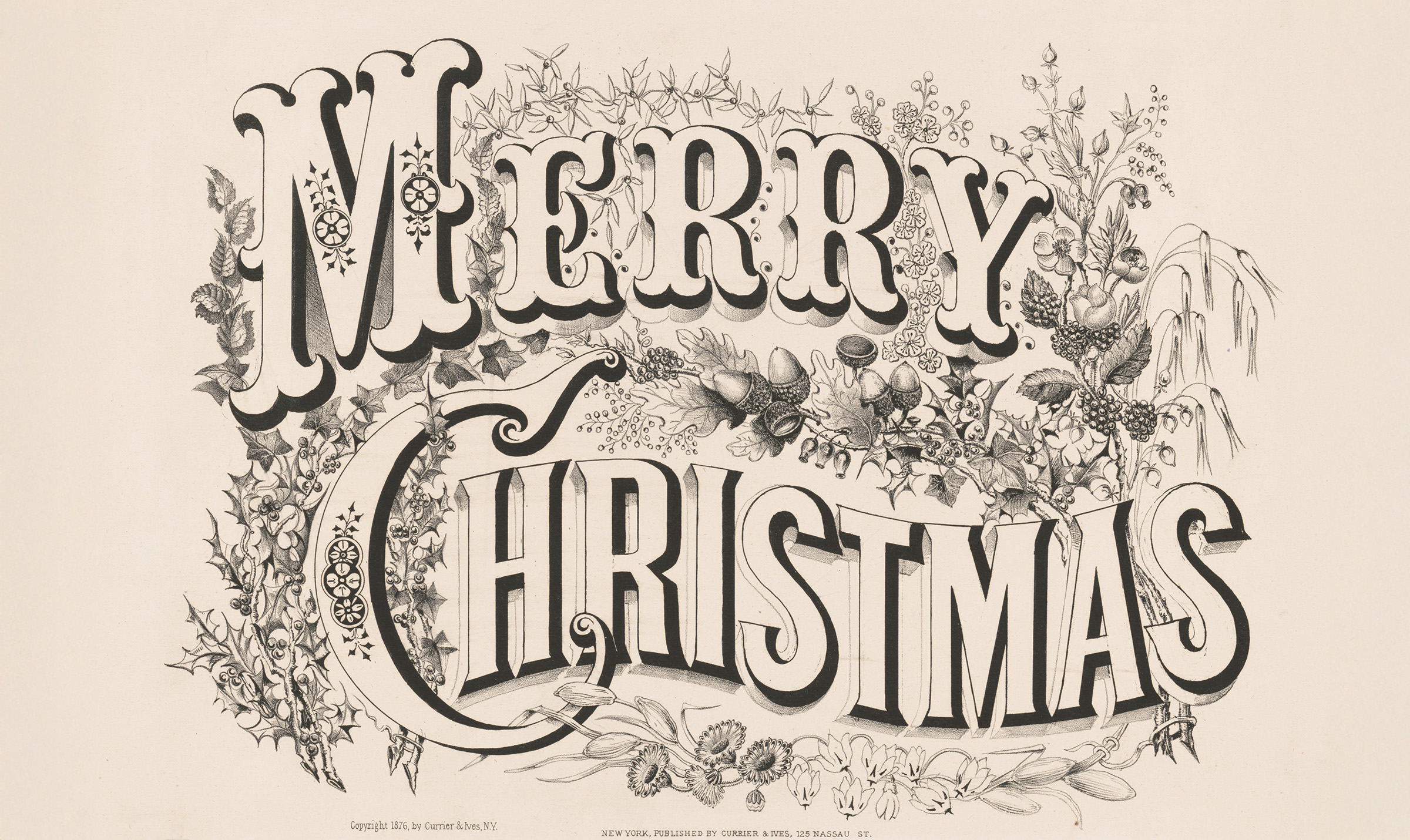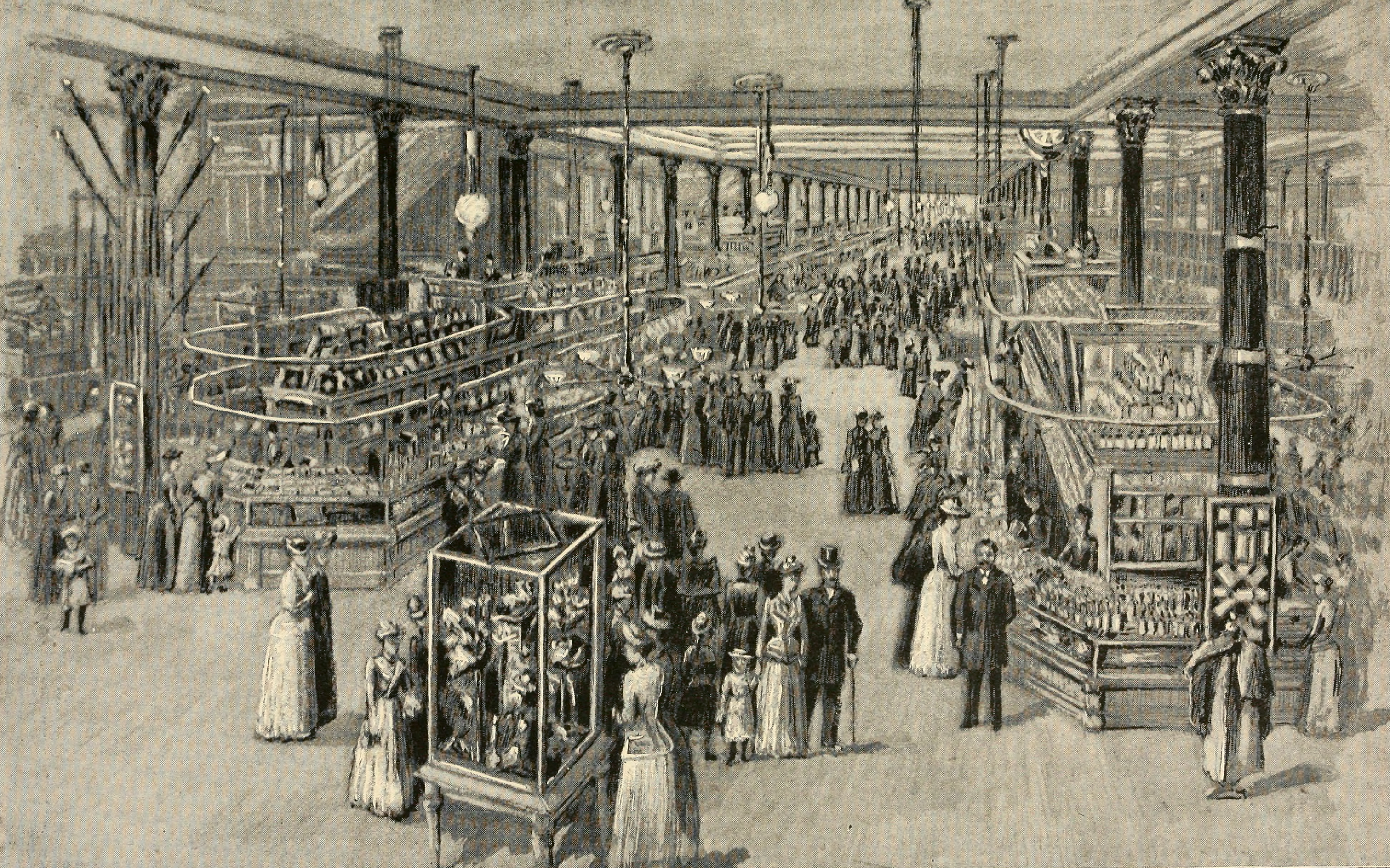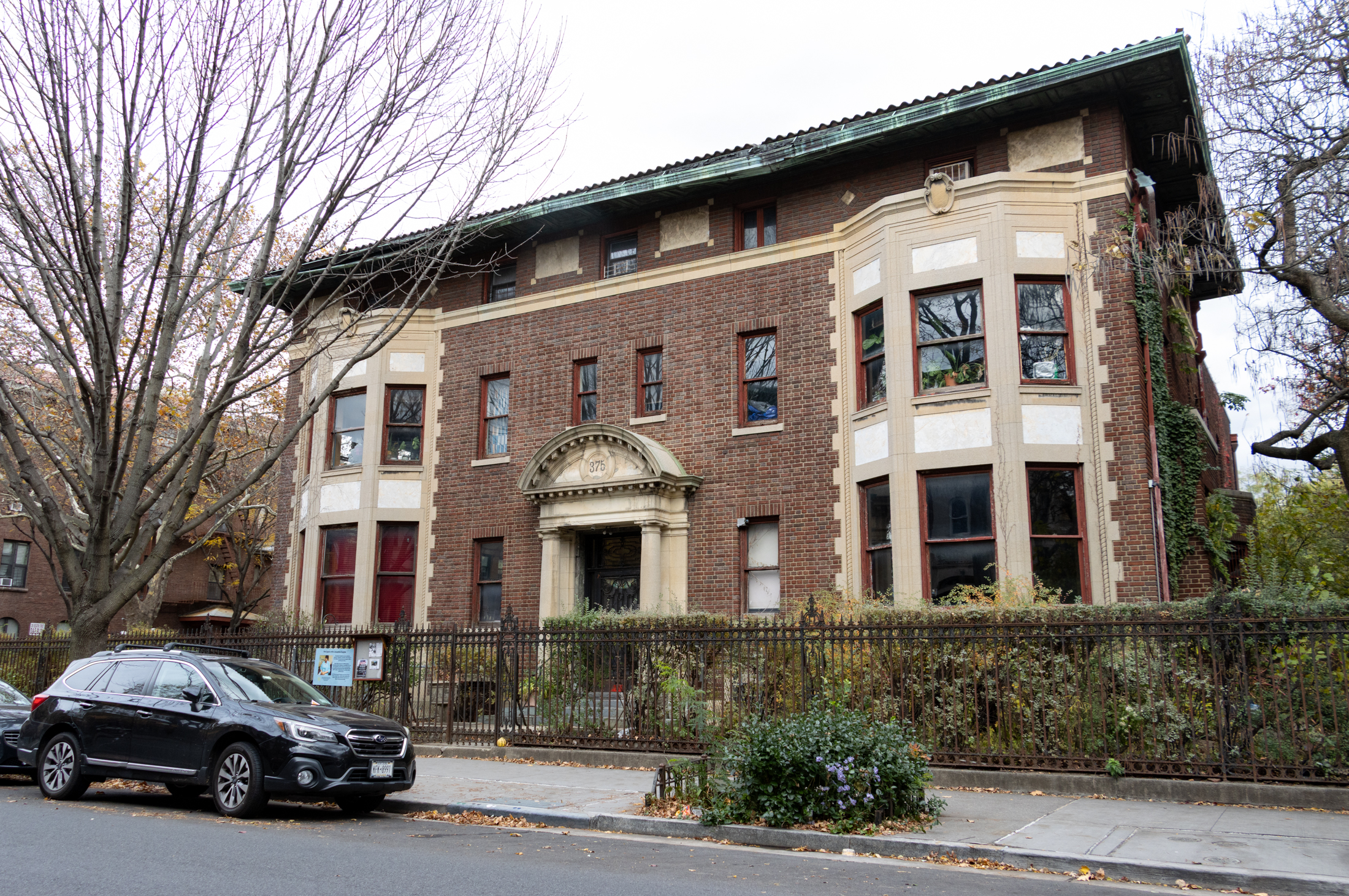Brooklyn Manhattan's St. Paul, Not Compton
In a lengthy article in New York Magazine’s 40th Anniversary issue in which he points out, among other things, that economic downturns in New York City have had silver linings in the past, Kurt Andersen reflects on the changes in Carroll Gardens over the last two decades. The progress of gentrification wasn’t only a result…


In a lengthy article in New York Magazine’s 40th Anniversary issue in which he points out, among other things, that economic downturns in New York City have had silver linings in the past, Kurt Andersen reflects on the changes in Carroll Gardens over the last two decades.
The progress of gentrification wasn’t only a result of the precinct-by-precinct diminution of crime. My bit of Brooklyn, Carroll Gardens, was a very safe (and almost entirely white) working- and middle-class quarter when I arrived in 1990 with my wife and baby daughters. Nor were we exactly pioneers; a couple of editors had already renovated our brownstone. But at some moment between the eighties, when I knew exactly two people in Brooklyn, and the end of the century, when at least half the younger people of my acquaintance were living there, the borough not only lost most of its stigma but acquired an unprecedented aura of stylishness. It was an emergent rebranding as alt-NYC, driven first by the invisible hand (cut-rate real estate just across the river) and then by the self- propelling presence of more and more People Like Oneself. I can peg the tipping-point moment fairly precisely in my neighborhood: As I waited to vote in 1992, I was the demographic outlier in the polling-place crowd of retired longshoremen and their relatives; when I returned in 1996, almost every voter in the place, I swear, was some kind of writer or graphic designer or MTV producer a decade or two my junior. And the following year, all at once, Smith Street changed from a dreary Poughkeepsiesque stretch where we went only to catch the F train to—abracadabra!—a groovy restaurant row thick with recently expatriated young Manhattanites. Manhattan is not over, certainly, but for the city’s creative class New York is no longer a one-borough town. Brooklyn has become St. Paul, maybe, to Manhattan’s Minneapolis, rather than Compton and Glendale to its Hollywood and Beverly Hills.
We prefer the analogy to London, but then again, we’ve never been to St. Paul.
Boom-Bust-Boom Town [New York Magazine]
Photo by MNkiteman





I would just add that SF is my second favorite city in the U.S. It’s just a distant second.
I could list ten people I know who moved from New York to San Francisco.
Every last one of them moved back.
With that being said, I think San Francisco is one of the most beautiful cities in the world. I don’t think I want to live there, however, and I’d never consider Oakland for many of the same reasons FatLenny highlighted.
I grew up in the Bay Area and lived there for 20 years. I know of what I speak. Oakland has plenty to offer but nothing like Brooklyn. SF has a lot more than Oakland but they still roll up the sidewalks at 11 p.m. in SF. There’s a reason that SF is comparing very unfavorably to NYC in the Case-Schiller index.
SF is a beautiful city with a great history that continues to the present day, but I still think its greatest asset is its state (CA) and the surroundings: the weather, Tahoe, Napa, Monterey, Pacific Ocean (notice I don’t include proximity to Oakland as an asset). In terms of cultural diversity, it is a dud compared to NYC. It is strangely provincial for a big city, kind of like Boston.
Clearly, you’ve never been to Oakland. The comparison is asinine.
that’s so idiotic i won’t bother with a substantive response.
Oakland to SF? I hope that’s a joke. There is no cool part to Oakland. There’s barely a cool part in the entire Bay Area. And, BART notwithstanding, Oakland is much more disconnected than Brooklyn to its alter ego.
it’s more like oakland is to SF.
it seems that places like 7th ave and montague have experienced changes brought on by the fact its no longer the 80’s and is now the 00’s. Prices have gone way up and theres more mediocre Asian/sushi resturants but thats happened to a degree everywhere. Where I grew up has plenty of “fancy” restaurants and random pan-asian places when it didnt 10 years ago.
I moved to Brooklyn in the early 1980s. A lost has changed, but 7th Avenue seems about the same to me. Same with Montague St. in the Heights. The big changes I saw were, Smith St., 5th Avenue and basically all of Williamsburg.